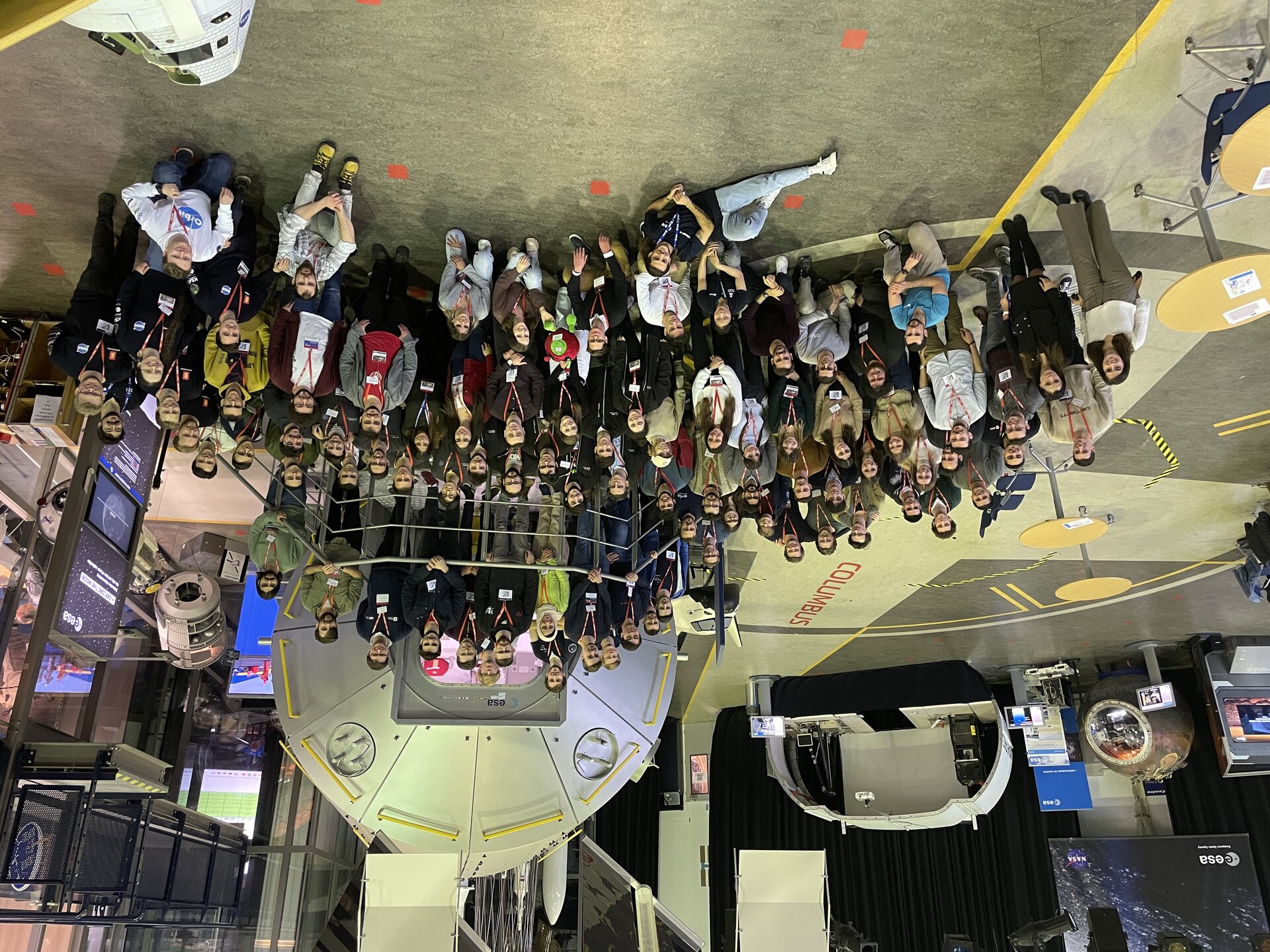Fly Your Satellite! Design Booster pilot selects CubeSat teams
In brief
The pilot version of the Fly Your Satellite! spin off programme, Design Booster, has successfully finished its shortlisting and selection of future participating teams. The selection itself was in the hands of ESA experts, following a workshop held in the beginning of December. FYS Design Booster teams are now heading to the very first execution of the programme.
In-depth
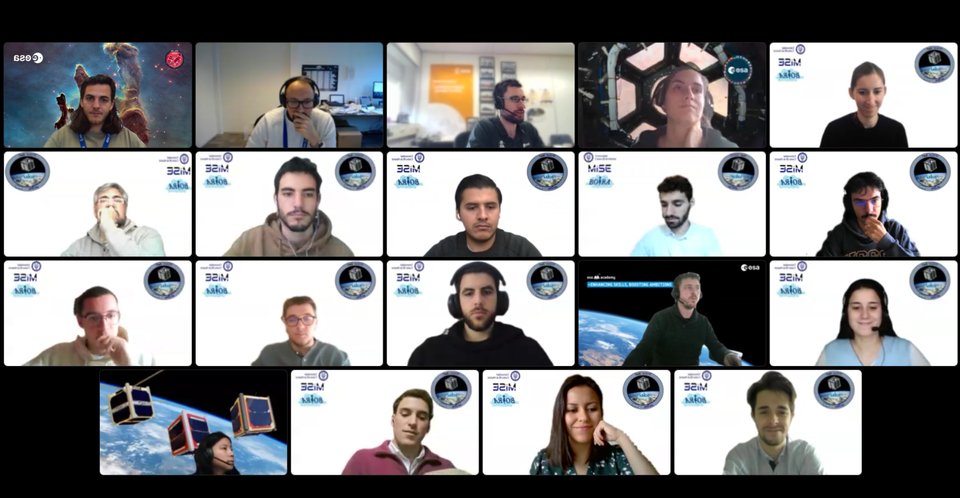
Earlier this year ESA Academy announced the expansion of the established programme Fly Your Satellite! (FYS) with two new derivatives, Design Booster and Test Opportunities. Unlike previous editions of Fly Your Satellite!, these pilot programmes are time constrained and focused specifically on supporting and consolidating a detailed design, in the case of FYS Design Booster, and the preparation and execution of an environmental campaign in Test Opportunities.
The FYS Design Booster timeline is set to 18 months, throughout which students will be exposed to ESA standards and processes and experience wide support throughout various disciplines of spacecraft design such as conducting trade-offs, running analysis and evaluating options while balancing the scope and resources of the mission. Receiving support from ESA experts at this stage may facilitate future development activities, since performing modifications is still relatively easy and cheap, when compared to later phases of the project.

The Design Booster was kicked off by the Training Week at ESA’s technical centre in the Netherlands from 7-11 November. 80 motivated students from 12 shortlisted teams were given an extensive schedule full of lectures and workshops covering various spacecraft design disciplines delivered directly by ESA experts.
The selection workshop was held online from 6-9 December. Student teams worked tirelessly and devotedly towards this event, so they could finally present their missions, introduce the challenges, showcase their solutions, and convince the panel of the suitability of their CubeSat project to participate in the programme.
The panel of experts noted the remarkable quality of all proposals during the evaluation. However, the high demand for participation in this pilot programme made the selection process a competitive one. Based on the evaluation, the teams offered to participate in the programme are as follows*: 6S, AlbaSat, BIXO, ROSPIN-SAT-1, SAGE, ST3LLAR-Sat1 BOIRA
(*Note: Teams are in alphabetical order)
6S
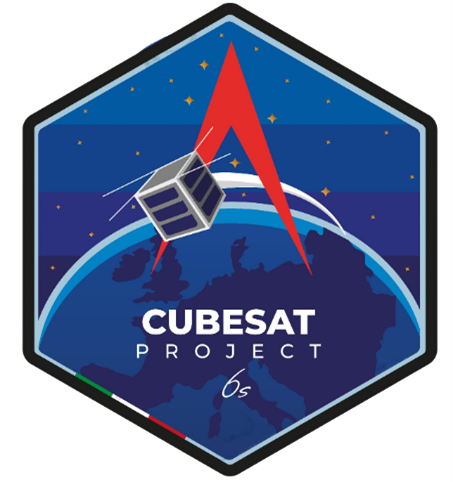
University: Politecnico di Milano, Italy
CubeSat project fully developed by students of PoliMi consists of 1U hosting 2 novel payloads dedicated to in-orbit demonstration and testing. These are a set of perovskite solar cells and a mock-up of structural battery.
AlbaSat
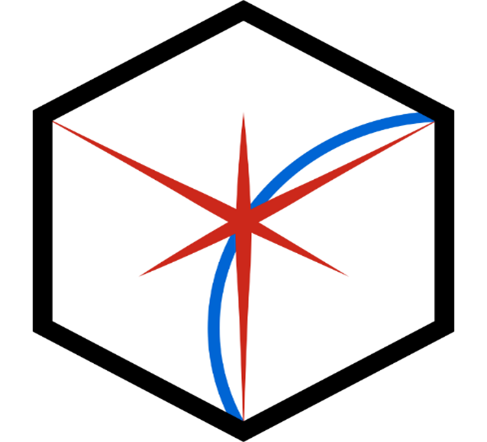
University: Università degli di Studi di Padova, Italy
The proposed mission by student team called Alba CubeSat UniPD has four independent objectives accommodated on a 2U CubeSat. The first goal is to collect in-situ measurement of the sub-mm space debris environment in LEO. The second goal is to study micro-vibrations on the satellite throughout different mission phases. The third goal is to perform CubeSat attitude determination with use of laser ranging technology and the last, fourth goal, is to investigate alternative systems for possible satellite quantum communication applications.
BIXO
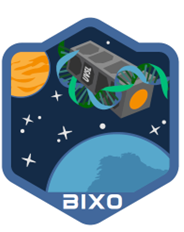
University: University of Vigo, Spain
BIXO – Bacteriological Intercommunication eXperiment in Orbit is a 2U CubeSat mission proposed by students at University of Vigo, whose objective is to study how microorganisms behave in the space environment by means of an astrobiology experiment flying aboard CubeSat; specifically to monitor bacterial communication under space flight conditions.
ROSPIN-SAT-1

University: Politehnica University of Bucharest, Romania
The ROSPIN student team proposed an Earth observation mission to monitor deforestation taking place in Romania. One of the primary objectives of this 3U CubeSat ROSPIN-SAT-1 is to survey the Romanian territory and to develop and validate novel onboard image processing algorithms in order to analyse the vegetation´s health status allows awareness on the issue to be raised.
SAGE
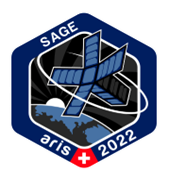
University: ETH Zurich, Switzerland
SAGE is a nanosatellite project investigating artificial gravity generation in the ranges of mili- and microgravity as found on small moons and asteroids. The 3U CubeSat proposed utilizing a satellite platform as a centrifuge to acquire the desired gravity range in a first-of-its kind implementation. The Payload aims to build a system to host a biological experiment, investigating how aging happens differently in human cells in space.
ST3LLAR-Sat1 BOIRA
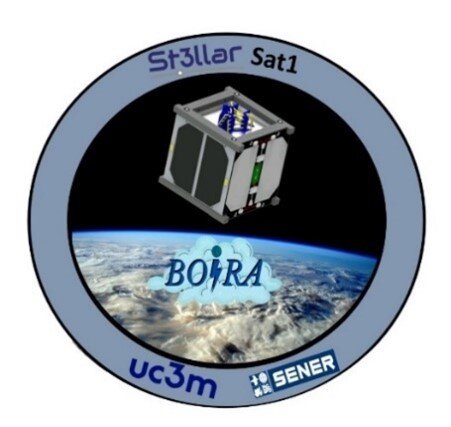
University: Universidad Carlos III de Madrid
Aims to design, develop, launch, and operate a 2U CubeSat with the primary scientific goal of determining atmospheric moisture using a state-of-the-art radiometer. Moreover, the team will develop in-house OBC (OnBoard Computer) software capable of accepting parametrized control laws and system identification schemes to ensure that the OBC software will not become obsolete.
Selected teams will now continue working and at the beginning of the year 2023 and with the assistance of ESA, they will go participate a Baseline Design Review. It is a tailored version of standard ESA review conducted upon the documentation delivered by the team. The overall status of each CubeSat will be assessed, key issues and discrepancies will be identified, and corrective actions and solutions will be defined.
Congratulations to all the teams selected!


